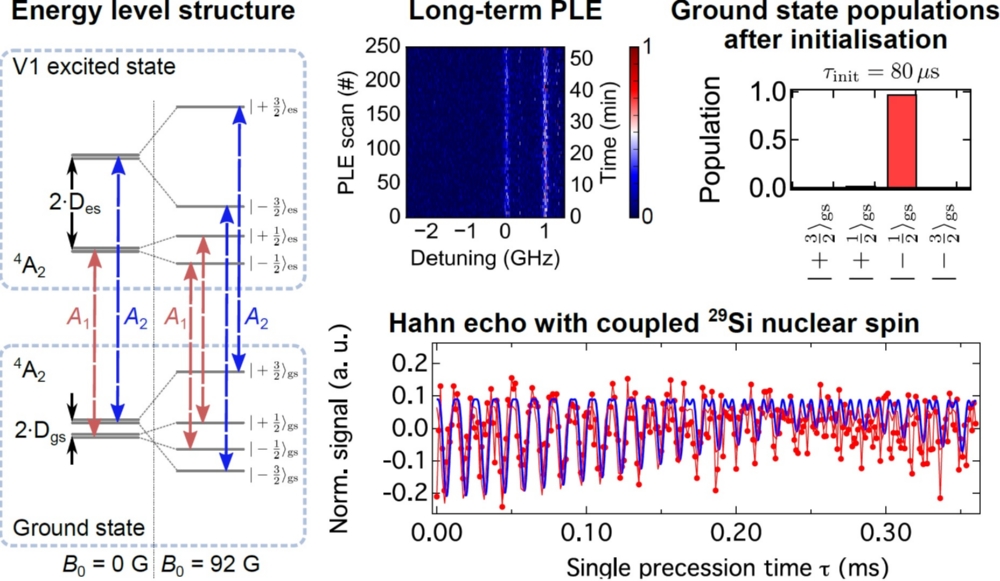
Quantum Technologies

Description / Outline
Scalable quantum networks require stable quantum platforms with quantum processing capabilities and a reliable spin-optical interface. The search for ideal systems is still ongoing, as today’s available platforms suffer from too large electron phonon interaction and/or spectral diffusion.
Recent progress in the field of color defects as quantum systems in 4H-SiC showed that the negatively charged silicon vacancy center in silicon carbide is immune to both drawbacks. Thanks to its 4A2 symmetry in ground and excited states, optical resonances are stable with near Fourier transform limited linewidths. In combination with millisecond long spin coherence times originating from the high purity crystal, a high fidelity optically-assisted spin initialization and coherent control was presented. Crucially, the result showed coherent coupling to single nuclear spins with ~1 kHz resolution, which is sufficient to implement quantum memories and quantum error correction.
The summary of the findings makes the silicon vacancy in silicon carbide a prime candidate for realizing memory-assisted quantum network applications using semiconductor-based spin-to-photon interfaces and coherently coupled nuclear spins.
References: Nagy et al., Nature Communications 10, 1954 (2019)
HTTPS://WWW.NATURE.COM/ARTICLES/S41467-019-09873-9